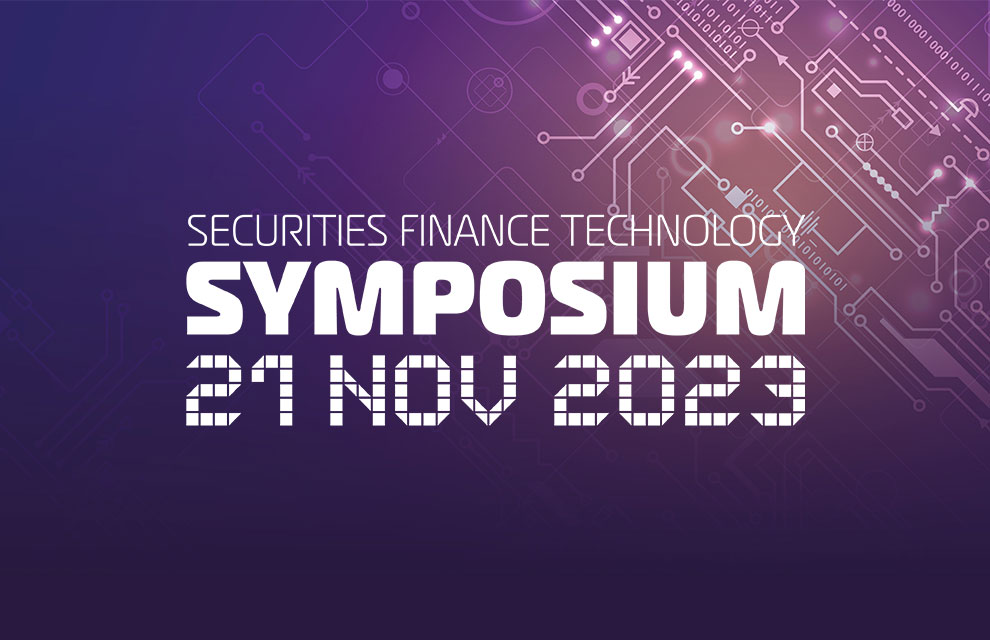The European Securities and Markets Authority (ESMA) has belatedly published the third draft of its XML schemas for reporting transactions under the Securities Financing Transactions Regulation (SFTR), but further guidance will be needed to resolve known defects before the April 2020 deadline, according to industry sources.
Market players are now concerned that SFTR will suffer from the same reporting issues that plagued the European Market Infrastructure Regulation (EMIR) and the Markets in Financial Instruments Regulation (MiFIR) when they first came into force.
The timeline for developing each draft of the SFTR XML schemas is understood to have been hampered by several delays which meant that the ISO 20022 Securities Standards Evaluation Group’s evaluation team (ET), which is responsible for reviewing and approving ESMA’s submission for SFTR messages, was not given enough time to raise and resolve concerns before the third draft was published.
In two meetings between ESMA and the ET following the submission of the third draft in mid-October, multiple defects were highlighted by the ET, including in a meeting on 31 October. These concerns were acknowledged by ESMA at the time but were not enough to delay the draft’s pre-arranged publication later that same day.
The primary consequence of this is that the common XML templates are not ISO-registered, which was widely understood to be the required standard as laid out in level two text of SFTR. An explanatory note attached to the third draft release described the schemas as being in accordance with ISO but did not claim it was or would be stamped as such.
An industry source with knowledge of the matter, who wished to remain anonymous, said that the ISO registration process is understood to still be underway. ESMA is expected to submit a fourth XML draft to the ET on 15 November, which will then be given implicit ISO approval if no further concerns are raised by 22 November.
Tomas Bremin, convenor of the ISO ET and vice president of REGIS-TR, explained that the team’s latest findings were that workarounds will be needed if securities finance market participants are to use the current third draft as a reporting framework.
“We are looking forward to ESMA’s guidelines in this regard,” he said, adding that the ET had concluded its 10th meeting with ESMA last week and that a fourth draft would be required to formally achieve ISO registration.
“As convenor of the ISO ET assembled to review and approve ESMA’s submission to ISO 20022 of SFTR messages, I salute the team’s accomplishments in gaining numerous and significant improvements to March’s draft-two submission on behalf of market participants,” Bremin continued.
However, multiple industry figures are now voicing concerns around the costs and challenges that will arise from the need for further amendments to the reporting templates to resolve defects known today, along with others expected to be revealed once reporting begins.
Reacting to the delayed XML release, Matt Smith, CEO of SteelEye, a London-based regtech and data analytics provider, said: “The fact of the matter is, we are six months before the regulation goes live and they only just released the XML format, and there is still a lot of room for interpretation.”
“We continuously see the regulator not understanding things and leaving things very late. Six months is not a lot of time to have the XML fully standardised,” he noted. “People need to build their reporting capabilities and test them and go through validation and to say that everyone is going to do that when they were only just released is impractical.”
“The regulators are as under-prepared as the market. I think we will see huge amounts of teething issues and it could take six months to a year before things are flowing well.”
However, Smith went on to note that those in-scope for SFTR have had more time to prepare this time around, compared to previous regulatory frameworks. He added that the work already put into reporting requirements for EMIR and MiFIR would be a stepping stone that makes preparations for SFTR easier.
ESMA declined to comment on the XML schemas.

.jpg)


